As planned, early in the morning, the rescue team of the Vietnam People's Army completed preparations to remove the victims' bodies from the collapsed building in the Bala Tidi area, Zabu Thiri district, Naypyidaw capital. Before that, the team used sniffer dogs, wall-penetrating radar and image search equipment to determine the exact location of the victims. However, removing their bodies was still an extremely difficult task because according to information from Myanmar, three foreign rescue teams had previously tried to reach the scene but all had to give up halfway.
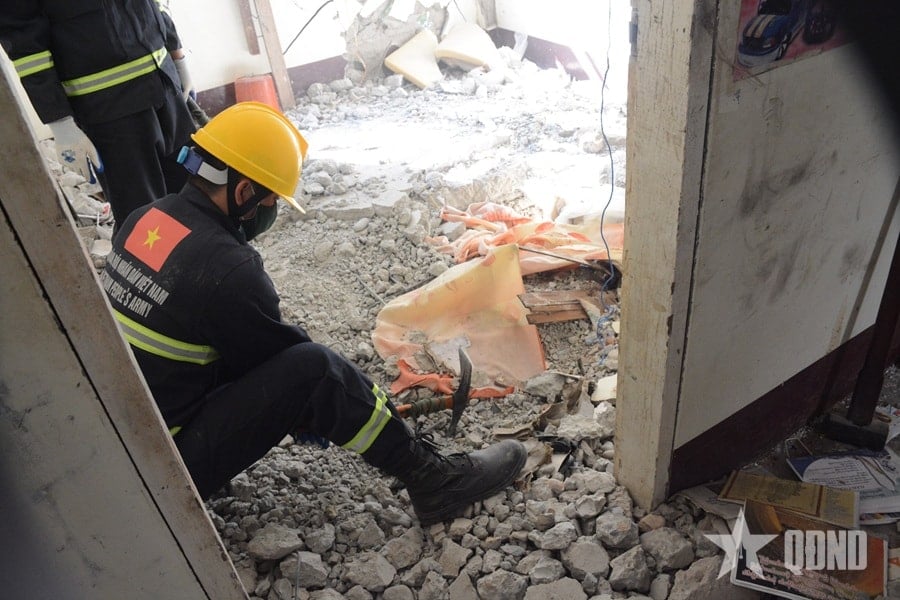 |
| Rescue forces of the Vietnam People's Army dig through rubble to search for victims killed by the earthquake in Naypyidaw. |
When we arrived at building 2386 in the Bala Tidi area, the victim's family, relatives and acquaintances were already waiting there. Meme Cho, the victim's daughter, said that the person trapped and killed in the collapsed building was Mr. U Maung Tin, 74 years old. The 4-storey building where Mr. U Maung Tin lived consisted of 4 families. When the earthquake occurred, there were only the old man, the old woman and their young grandchild in the house, while the children were all at work. The young grandchild was also trapped inside, and after the earthquake, he was rescued by local rescue forces in a state of losing a leg.
Major General Pham Van Ty, Deputy Director of the Department of Rescue and Relief (General Staff), Head of the Vietnam People's Army delegation participating in supporting the earthquake recovery in Myanmar, reminded everyone to be careful and then turned to share with me that removing the victim's body was very difficult, because the first floor of the building had completely collapsed, and the structure of the remaining floors was also broken. When using equipment to separate and drill concrete, the building could easily collapse, endangering the rescue team.
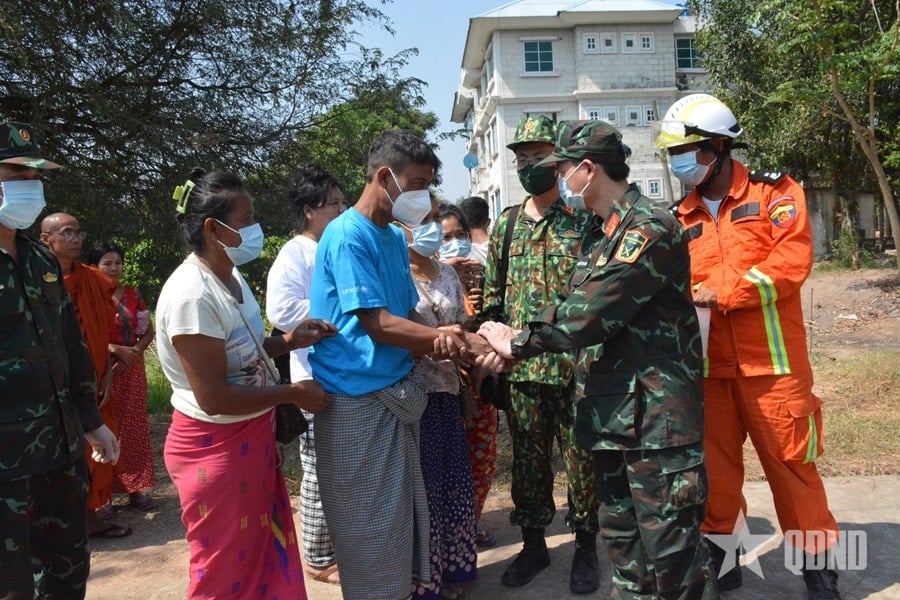 |
| U Maung Tin's family thanks the rescue force of the Vietnam People's Army. |
The buildings in Zabu Thiri district are mainly designed with 3 or 4 floors, divided into many apartments. Although not located in the epicenter, the houses in the capital Naypyidaw were still too weak before the earthquake on March 28. On the first day I arrived here, when I went with the Vietnamese People's Army delegation to survey the scene, I saw 3-storey buildings completely collapsed, with roofs stacked on top of each other, covered in concrete and bricks. And to get the victims out, we need the support of heavy equipment such as bulldozers and excavators, but in the current conditions in Naypyidaw, having such equipment seems too difficult.
But the team did not give up. After more than 4 hours of non-stop work, the engineering team of the team was able to remove the body of Mr. U Maung Tin from the rubble and then the medical team handed it over to his family to arrange for the funeral.
There were two moments that made me feel emotional and proud of my teammates. That was when U Maung Tin’s son said that before the Vietnam People’s Army team arrived, he thought it would be impossible to get his father out. And that was when Zar Min Myat, the officer in charge of coordinating the rescue work with the Vietnamese team, said that if he could evaluate, he would give “5 stars” for the spirit of solidarity, agility and professionalism of the Vietnamese rescue team in Naypyidaw this time. Zar Min Myat also shared that, every day, he reported to his superiors about the progress of the Vietnamese team’s work and hoped that the team, together with the capital Naypyidaw in particular and Myanmar in general, would continue to make efforts to search.
Article and photos: VU HUNG (from Naypyidaw, Myanmar)
* Readers are invited to visit the Defense Foreign Affairs section to see related news and articles.
Source: https://baodaknong.vn/mot-ngay-cung-dong-doi-o-naypyidaw-247978.html





![[Photo] Visiting Cu Chi Tunnels - a heroic underground feat](https://vstatic.vietnam.vn/vietnam/resource/IMAGE/2025/4/8/06cb489403514b878768dd7262daba0b)


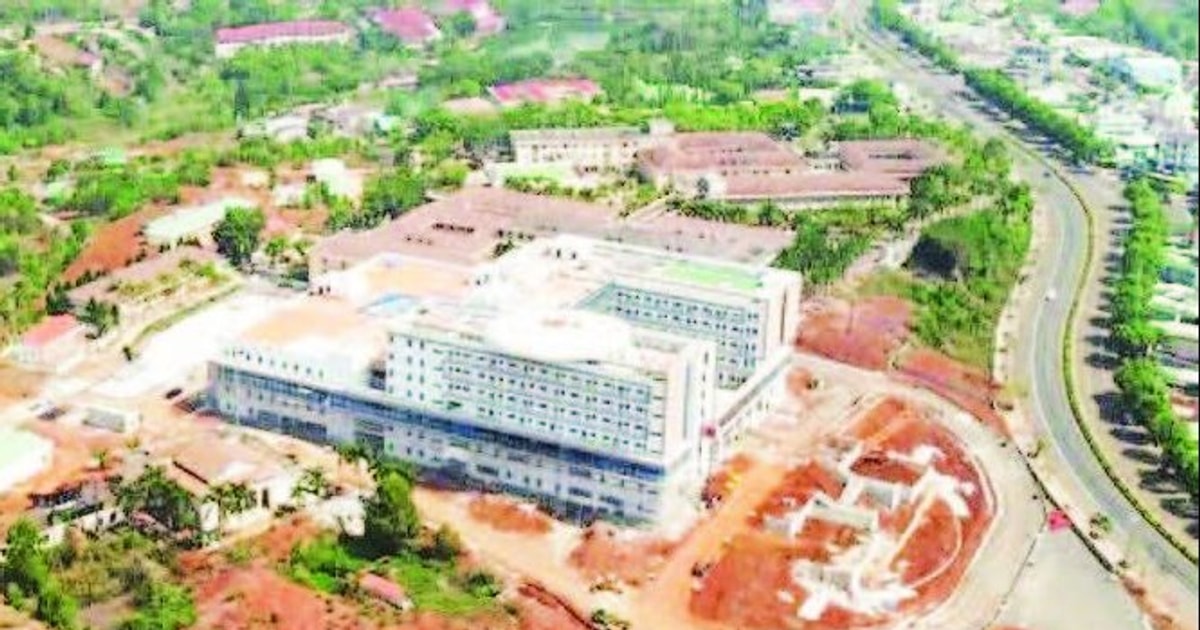
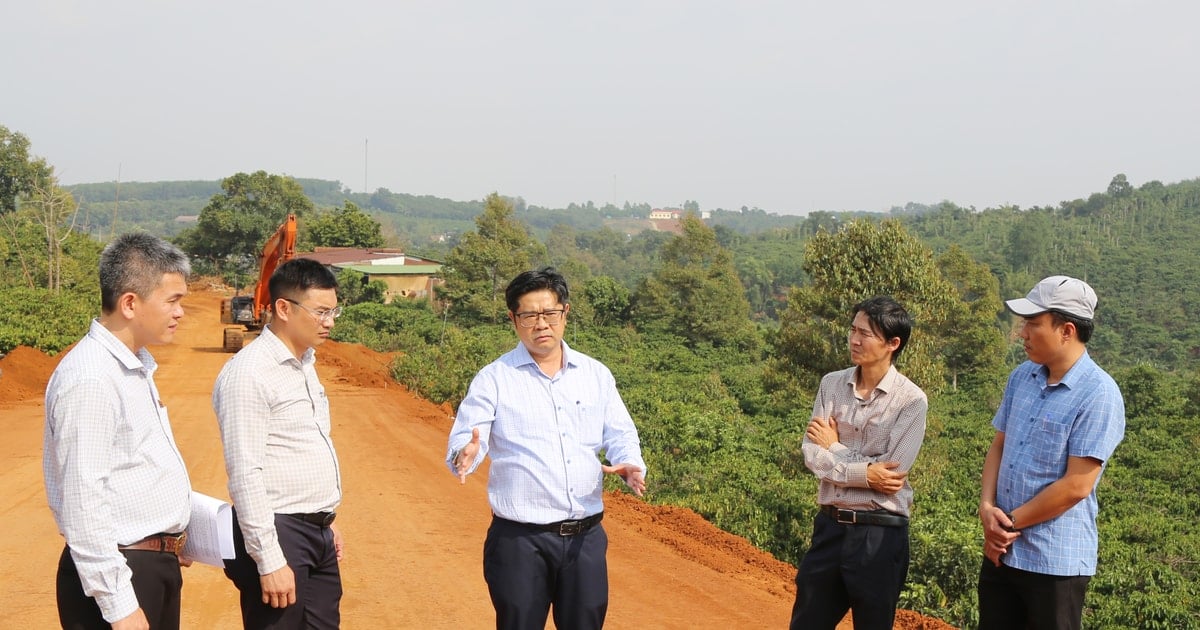

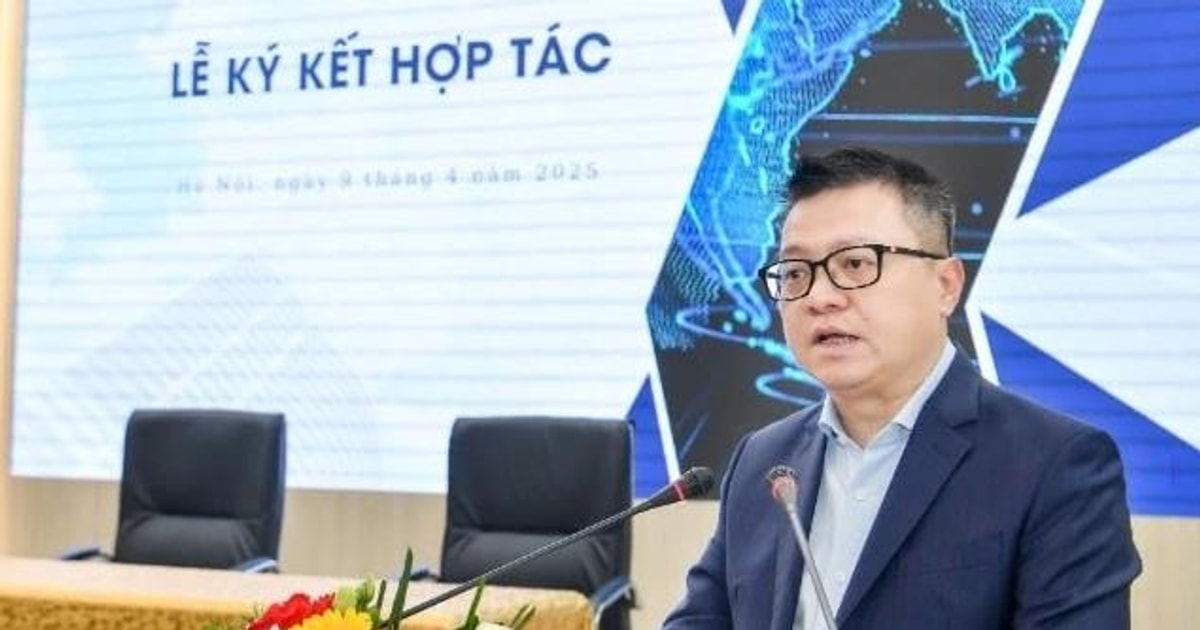





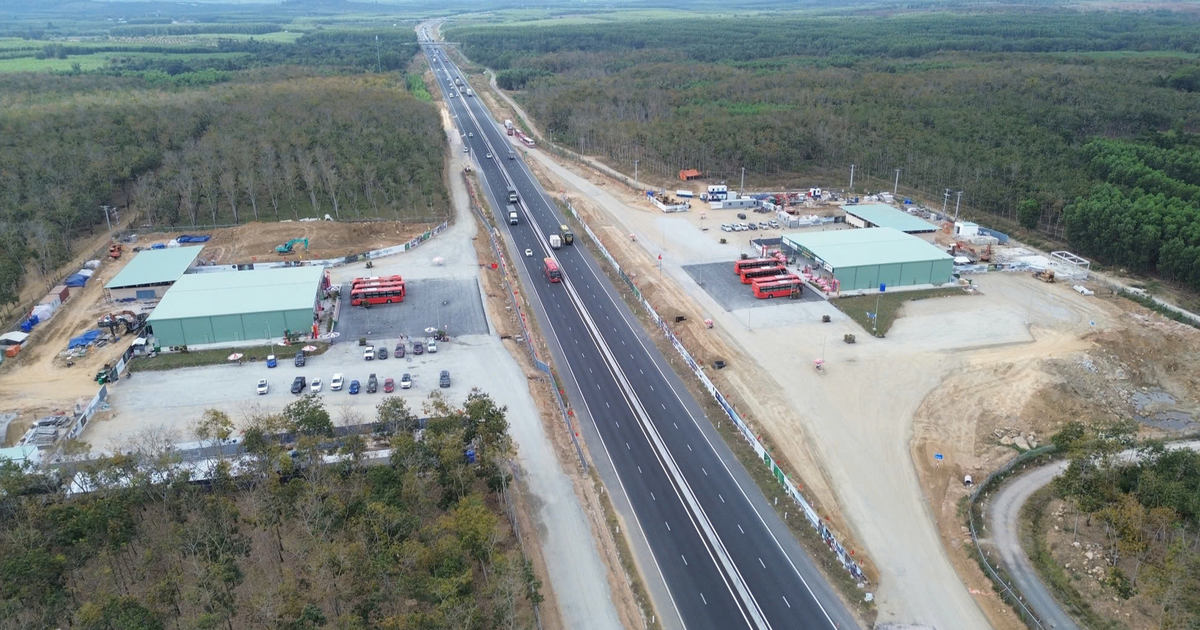
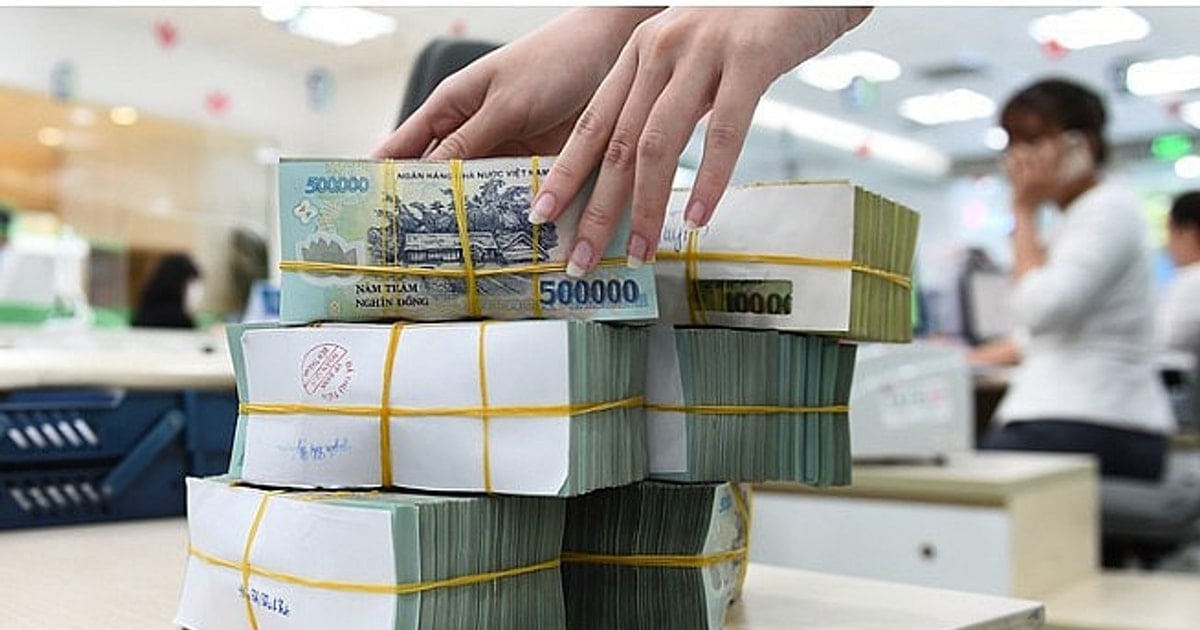


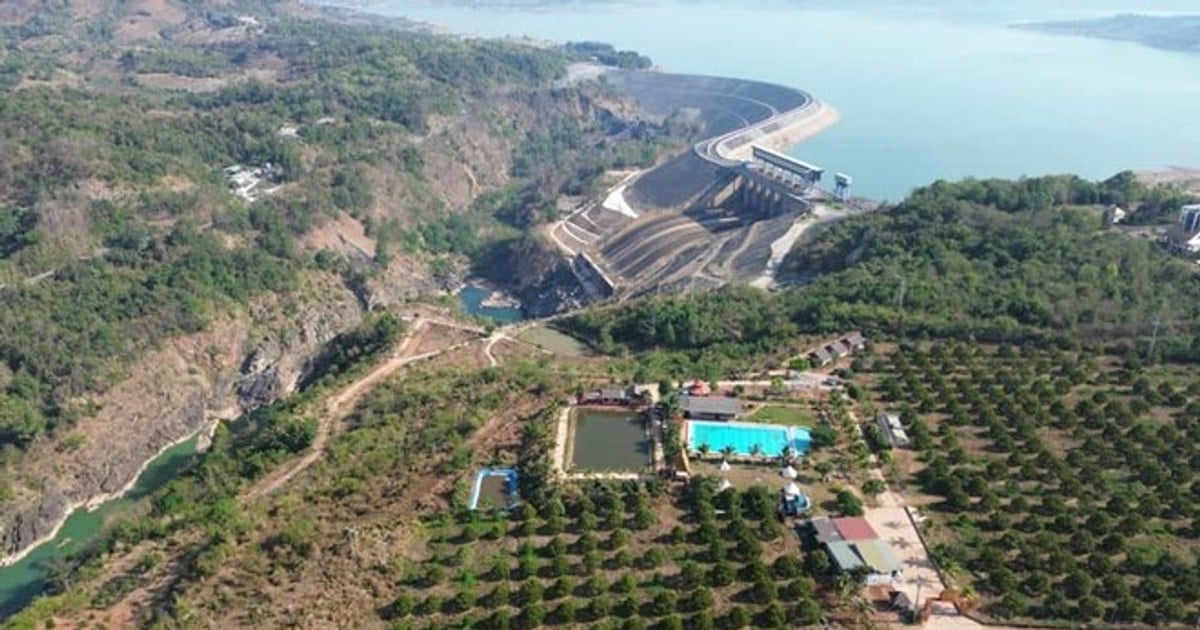




































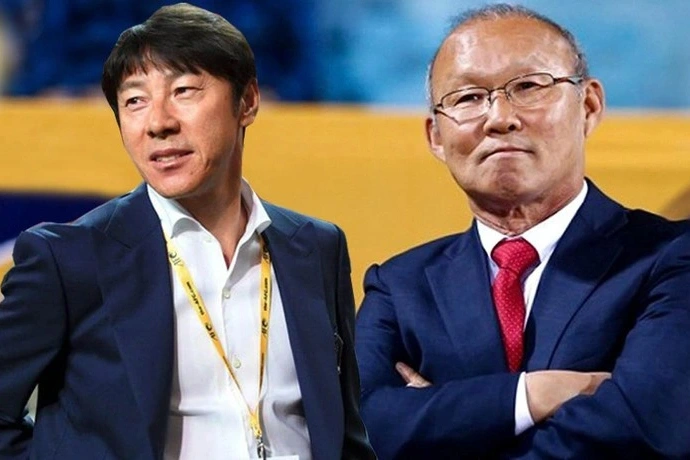


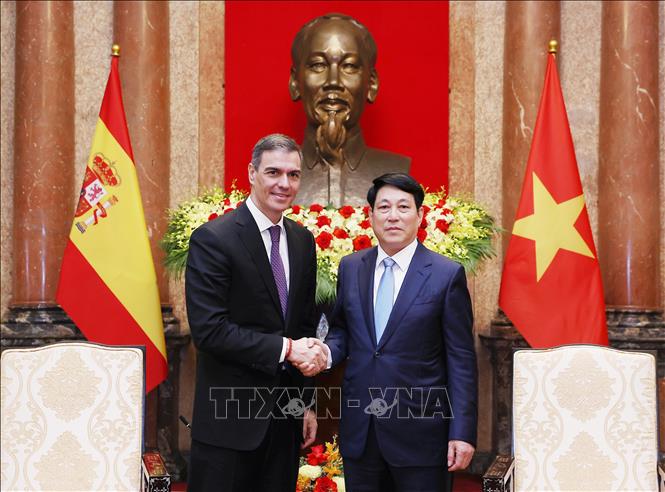








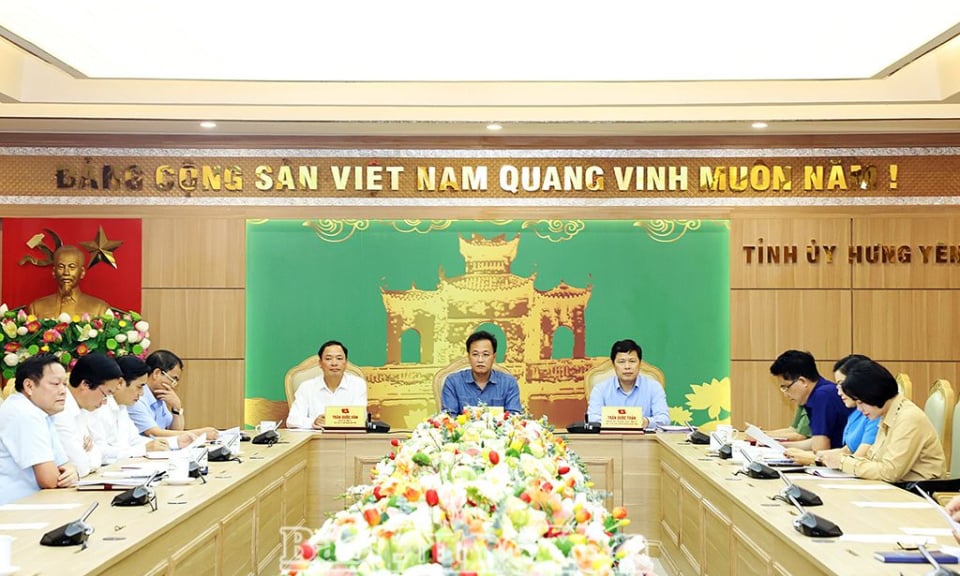
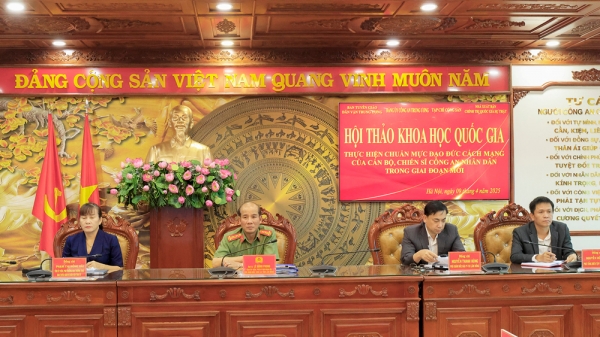
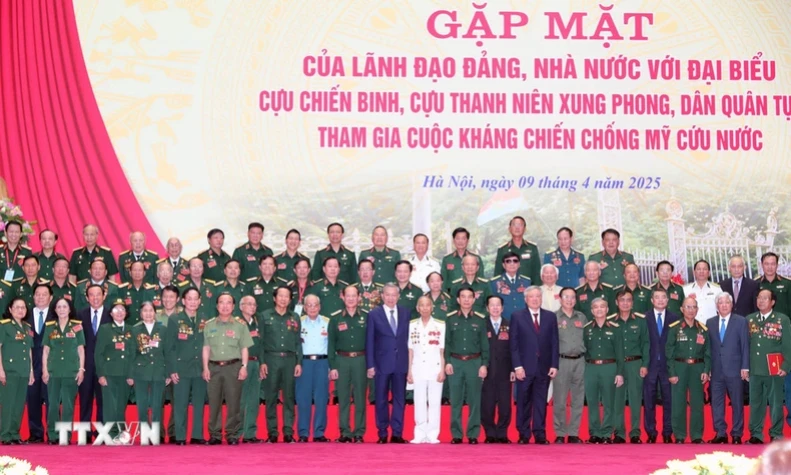
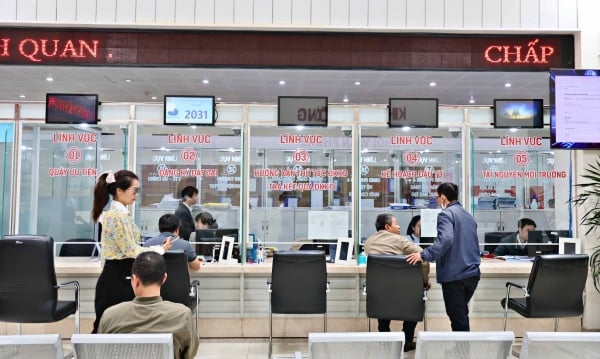
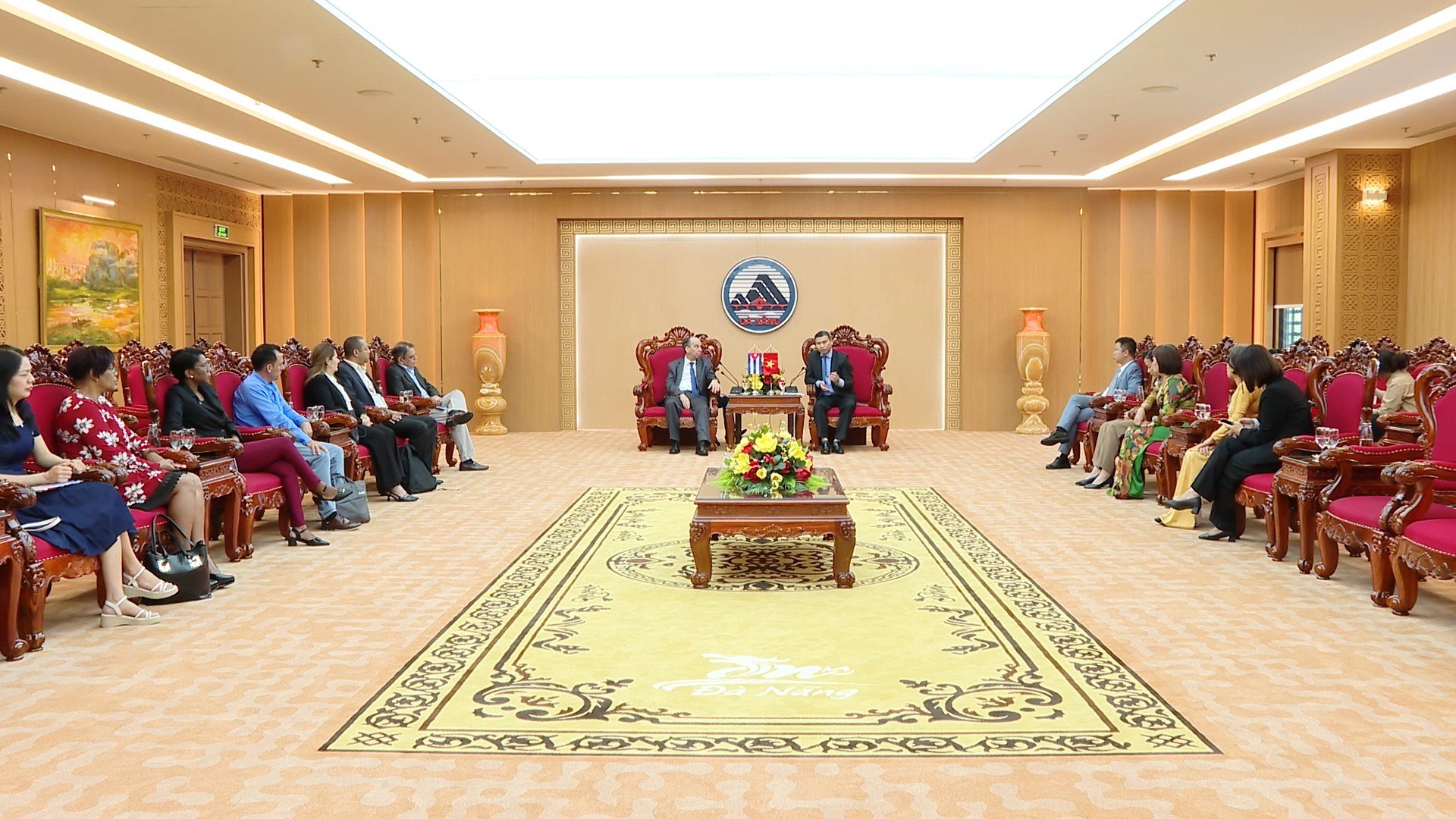











Comment (0)